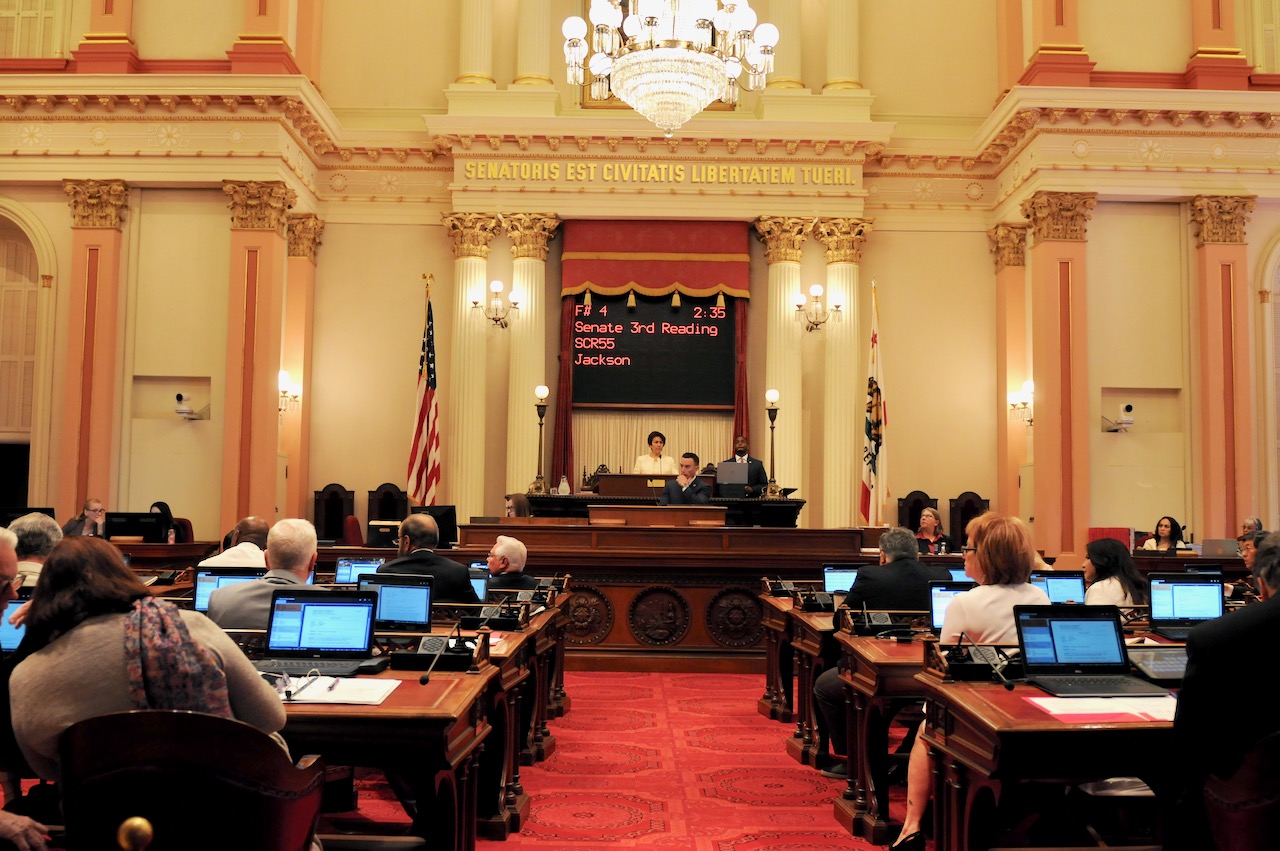
California State Capitol. (Photo: Kevin Sanders for California Globe)
General Guidance in Reading the Evidence Code
The California Evidence Code sets out rules about what kind of evidence may be introduced in a criminal jury trial
By Chris Micheli, June 16, 2022 6:28 am
California’s statutes are contained in 29 separate codes. The eighth alphabetically is the Evidence Code. All 29 Codes have general provisions applicable to reading and interpreting that Code’s sections. The following are selected general provisions of the Evidence Code:
Section 1 – This Code is known as the Evidence Code.
Section 2 – The rule of the common law, that statutes in derogation thereof are to be strictly construed, has no application to this Code. This Code establishes the law of this state respecting the subject to which it relates, and its provisions are to be liberally construed with a view to effecting its objects and promoting justice.
Section 3 – If any provision or clause of this Code or application of it to any person or circumstances is held invalid, that invalidity does not affect the other provisions or applications of the Code which can be given effect without the invalid provision or application, and to this end the provisions of this Code are declared to be severable.
Section 4 – Unless the provision or context otherwise requires, these preliminary provisions and rules of construction govern the construction of this Code.
Section 5 – Division, chapter, article, and section headings do not in any manner affect the scope, meaning, or intent of the provisions of this Code.
Section 6 – Whenever any reference is made to any portion of this Code or of any other statute, that reference applies to all amendments made.
Section 8 – The present tense includes the past and future tenses; and the future tense includes the present.
Section 9 – The masculine gender includes the feminine and neuter.
Section 10 – The singular number includes the plural; and the plural includes the singular.
Section 11 – “Shall” is mandatory and “may” is permissive.
- California Family Mediation and Conciliation Services - July 5, 2025
- Solemnization of Marriage in California - July 4, 2025
- Ship Managers in California - July 3, 2025








One thought on “General Guidance in Reading the Evidence Code”